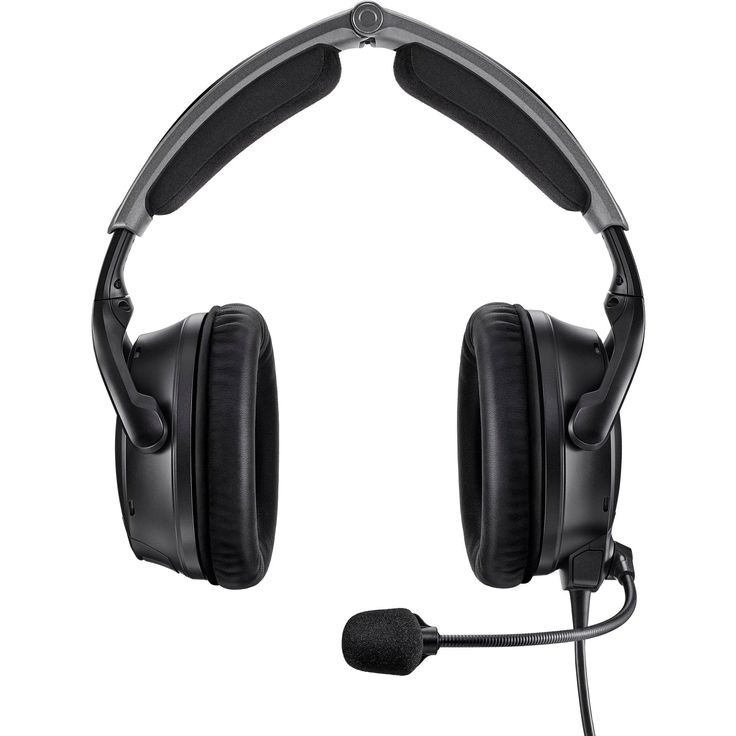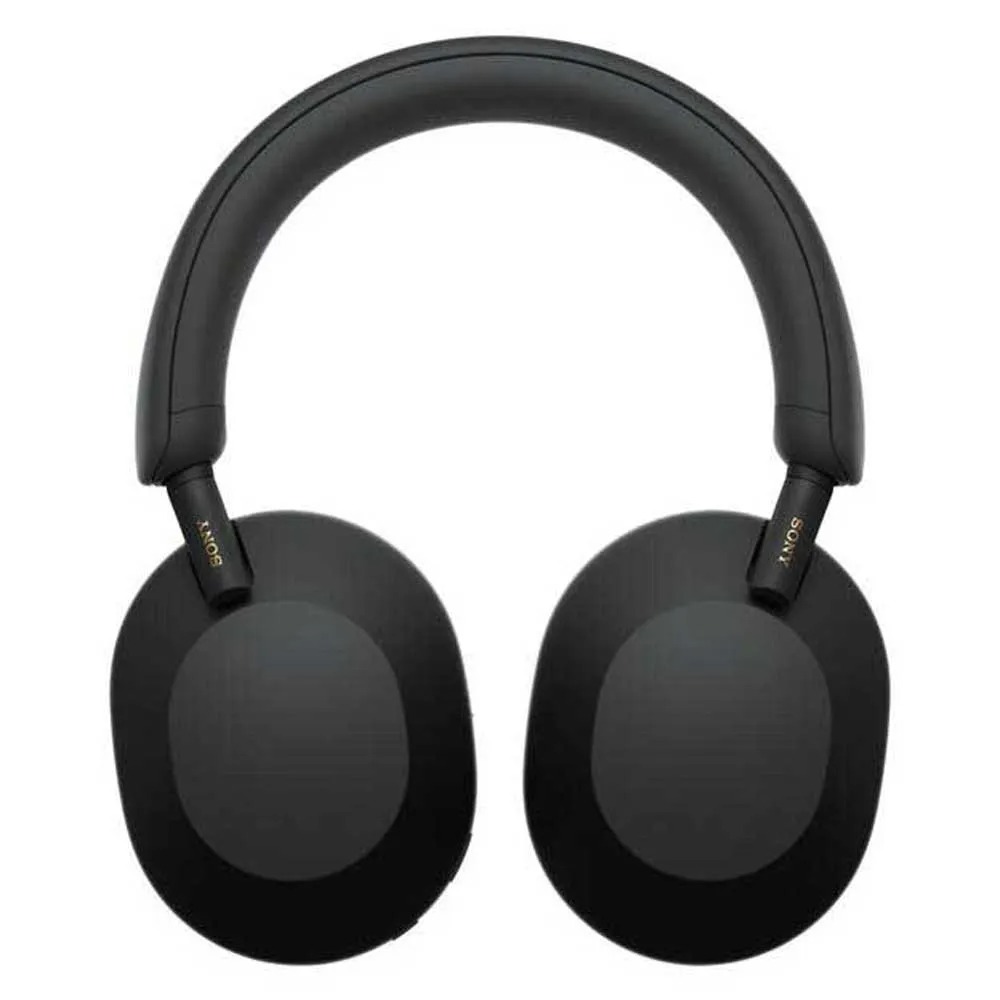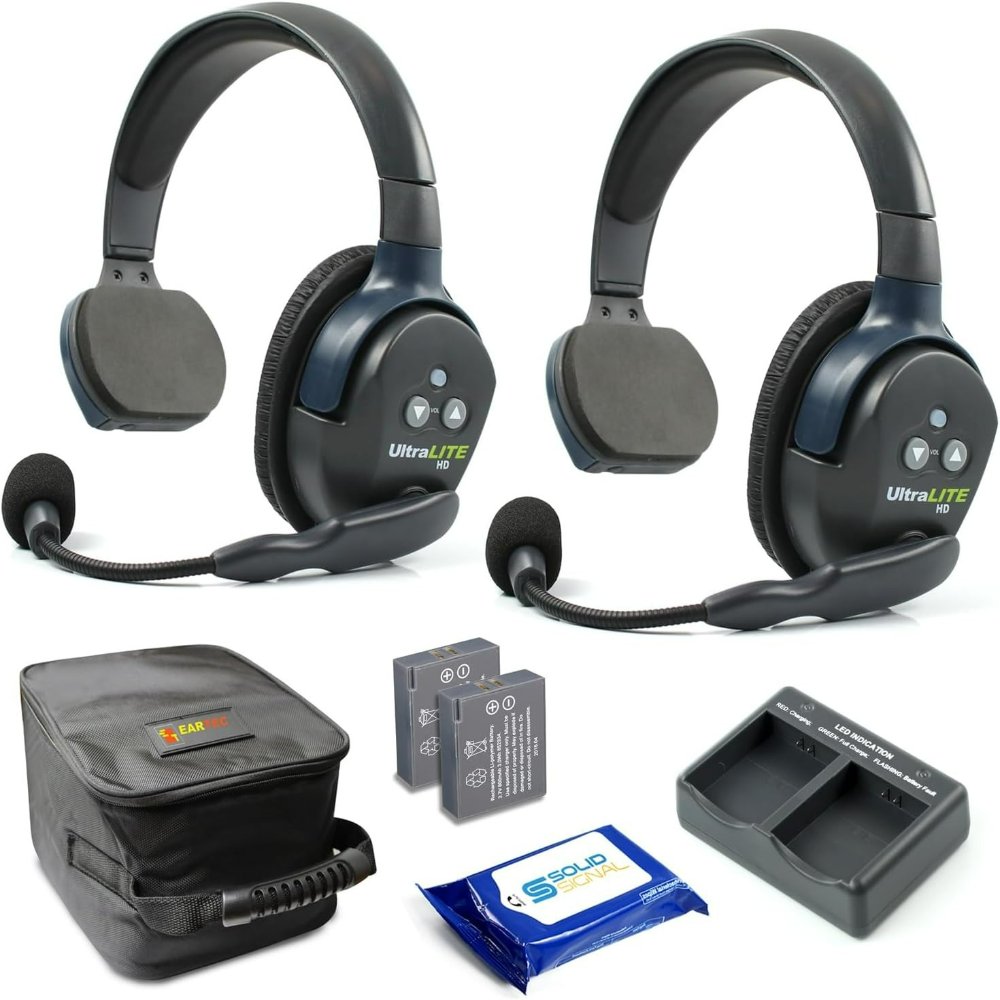Importance of Communication in Various Industries
Every industry relies on clear communication to succeed. Effective communication connects teams, enables decision-making, and ensures safety in critical situations.
In the healthcare field, communication headsets allow staff to coordinate care efficiently. Doctors, nurses, and other healthcare professionals often use headsets to exchange information quickly, reducing errors and improving patient outcomes.
Aviation professionals, including pilots and air traffic controllers, depend on communication headsets for safe and effective operations. These headsets must provide clear audio quality despite engine noise and other interferences.
In customer service centers, communication headsets are a lifeline. They support staff in handling multiple calls and inquiries with clarity and professionalism. These environments often demand headsets with noise-canceling features and comfort for extended use.
For manufacturing and construction workers, communication headsets support collaboration in noisy, often hazardous environments. Headsets designed for these industries often feature robust build and safety certifications.
Entertainment and broadcasting professionals use communication headsets to coordinate production efforts seamlessly. From live events to newsrooms, these headsets help professionals deliver content without interruptions.
In summary, communication headsets play a critical role across various industries, enhancing collaboration, safety, and service delivery. As such, selecting the appropriate headsets is vital for the efficiency and effectiveness of professional communication.

Different Types of Communication Headsets
Selecting the right communication headset is not a one-size-fits-all situation. Different types and styles cater to varied environments and user preferences. Here we discuss the most common categories.
Over-the-Head Headsets
These are the traditional headsets with a band that goes over the top of the user’s head. They often come with a single or double earpiece. Over-the-head headsets, a favorite in office and call center environments, combine stability with comfort for long-use scenarios.
Ear Hook Headsets
Ear hook headsets are lightweight and hook around the ear. They are ideal for active professionals who need to wear a headset for extended periods without discomfort. Often used in customer service and mobile settings, they allow for ease of movement.
In-Ear Headsets
In-ear headsets, also known as earbuds, fit directly into the ear canal. They are compact and unobtrusive, making them suitable for professionals on the go. These headsets may come with a built-in microphone and are popular in more casual or mobile professions.
Behind-the-Neck Headsets
Behind-the-neck headsets wrap around the back of the head instead of over it. They offer an alternative for users who find over-the-head headsets uncomfortable or incompatible with headwear like hats or safety helmets.
On-Ear vs Off-Ear Headsets
This choice refers to how the earpiece interacts with the user’s ear. On-ear headsets sit on the outer ear, while off-ear ones float slightly away from the ear. Off-ear headsets help to reduce ear fatigue during extensive use, a factor to consider for users in aviation or broadcasting industries.
When discussing communication headsets, one must weigh the balance between user comfort and the environment’s demands. These varieties showcase the range of options available to professionals across industries, ensuring there is a solution for every need.
Factors to Consider When Selecting Communication Headsets
Choosing the right communication headsets involves several critical factors beyond just the style of headset. When deciding on the ideal solution for your professional needs, consider the following aspects:
- Sound Quality and Clarity: First and foremost, ensure that the headset delivers crystal-clear audio. Clear sound is essential for effective communication, especially in industries where misunderstandings can have serious consequences.
- Noise-Cancellation Features: For environments with significant background noise, such as call centers or construction sites, noise-cancellation technology is crucial. It helps to isolate the speaker’s voice and eliminates distracting sounds.
- Comfort for Long-Term Wear: Headsets are often worn for extended periods. Look for features like padded ear cushions, adjustable headbands, and lightweight materials that contribute to comfort throughout the day.
- Compatibility with Devices: Select a headset that is compatible with your existing communication systems. Whether it’s a desk phone, a mobile device, or a computer, compatibility ensures seamless integration.
- Battery Life (for Wireless Models): If you opt for a wireless headset, consider the battery life. It should last through your entire workday without needing a recharge. Long battery life is key for professionals who are on-the-move.
- Durability: A good headset can withstand daily wear and tear. Durable materials and a sturdy build are especially important for headsets used in rougher environments like manufacturing.
- Price Point and Value for Money: While you shouldn’t compromise on quality for cost, finding a headset that offers a good balance between features and price is important. Assess the headset’s value based on its performance and durability.
- Ease of Use: A user-friendly headset makes operation intuitive. Look for features like simple controls and easy connectivity, which can save time and reduce frustration.
- Warranty and Support: Finally, check the warranty and customer support offered by the manufacturer. A solid warranty can safeguard your investment, while good customer support ensures you can get help when you need it.
Consider all these factors carefully to select communication headsets that will meet your professional needs and enhance your team’s communication effectiveness.

Noise-Cancellation Technology in Headsets
Noise-cancellation technology is a game-changer for communication headsets. It greatly enhances sound quality in noisy settings. Think of bustling call centers or busy airports. These scenarios demand technology that can filter out background noise. That’s where noise-cancellation comes in.
Noise-cancellation works in two ways: passive and active. Passive noise-cancellation is all about the design. It relies on how the headset fits in or around your ears to block noise naturally. Think of it like earplugs. They form a physical barrier to keep unwanted sounds out.
Active noise-cancellation, on the other hand, is more high-tech. It involves microphones that pick up outside noise. The headset then creates inverse waves to cancel it out. This type is ideal for industries where precision communication is critical. Imagine construction sites or manufacturing floors. Here, this technology helps to maintain clear communication amidst loud machinery.
For professionals, choosing headsets with effective noise-cancellation is crucial. It’s not just about blocking noise, but ensuring clear and crisp conversations. Whether it’s relaying instructions or providing customer service, noise-cancellation can make or break the communication flow.
Wired vs Wireless Headsets: Pros and Cons
When looking at communication headsets, it’s vital to consider the differences between wired and wireless options. Both versions come with their sets of advantages and drawbacks, affecting everything from mobility to battery life. Here we will break down the pros and cons of each to help you decide which fits your needs best.
Pros of Wired Headsets
- Reliable Sound Quality: Wired headsets typically provide consistent, high-quality audio. There’s no risk of interference from other wireless devices.
- No Charging Needed: Since they draw power from the connected device, there’s no need to charge them. This can be a significant advantage during long workdays.
- Easy to Use: Wired headsets are generally plug-and-play. Connect them to your device, and you’re ready to go.
- Cost-Effective: They tend to be less expensive than their wireless counterparts, making them a budget-friendly option.
Cons of Wired Headsets
- Limited Mobility: The cord restricts movement, which can be a downside for professionals who need to move around.
- Cord Wear and Tear: Over time, the cord may fray or get damaged, which can affect the headset’s longevity.
- Inconvenience: Cords can get tangled or get in the way, which can be annoying during work.
Pros of Wireless Headsets
- Increased Mobility: Without cords, you’re free to move as needed. This is great for multitasking professionals.
- Modern Features: Wireless headsets often come with advanced features and controls.
- Clear Workspaces: The lack of cords leads to a cleaner, more organized workspace.
Cons of Wireless Headsets
- Battery Life: They require regular charging, which can be an inconvenience if the battery runs out mid-conversation.
- Potential Interference: Wireless headsets might experience interference from other devices, which can affect sound quality.
- Higher Cost: These headsets generally come at a higher price point, due in part to the technology they use.
In conclusion, your choice between wired and wireless communication headsets should align with your work environment and personal preference. Consider how factors like mobility, sound quality, and convenience weigh into your daily professional interactions.

The Role of Comfort and Durability in Headset Selection
In choosing communication headsets, comfort and durability are vital. These factors affect user satisfaction and headset longevity. Let’s delve into why they are so important.
Comfort: Essential for Long-Term Wear
For professionals wearing headsets all day, comfort is key. Uncomfortable headsets can cause ear pain and headaches, leading to decreased productivity. Look for these features for maximum comfort:
- Padded Ear Cushions: They ease pressure on the ears.
- Adjustable Headbands: They allow for a custom fit, improving wearability.
- Lightweight Design: It reduces strain on the head and neck.
These elements help prevent fatigue and make long work sessions bearable.
Durability: A Must for High-Demand Environments
Headsets in rough settings must be tough. Durable headsets withstand drops, bumps, and constant use. Key durability features include:
- Robust Materials: Such as metal or reinforced plastic.
- Reinforced Cabling: For wired headsets, to prevent damage from twisting and bending.
- Water or Dust Resistance: Certifications indicating resistance to elements can be crucial.
Investing in a durable headset saves money over time, avoiding frequent replacements.
In conclusion, don’t overlook comfort and durability when selecting communication headsets. These factors ensure that the headset you choose will provide a pleasant user experience and stand the test of time in your specific professional environment.
Popular Brands and Models of Communication Headsets
When selecting communication headsets, familiarizing yourself with popular brands and their models is beneficial. These brands have earned reputations for quality, comfort, and reliability in their devices. Here are some leading names in the headset market:
- Plantronics: Known for their innovative designs, Plantronics offers headsets that deliver exceptional sound quality and comfort.
- Jabra: Jabra headsets are praised for their durability and range of features, including noise-cancellation.
- Sennheiser: A favorite for its professional audio gear, Sennheiser produces headsets with superior sound and build quality.
- Logitech: Offering both wired and wireless options, Logitech headsets are versatile and user-friendly, ideal for various work environments.
- Bose: With a focus on active noise-cancellation technology, Bose headsets are sought after in noisy, high-stake settings.
Each brand has a variety of models to suit different needs. For example, the Plantronics Voyager series is popular among mobile professionals for its comfort and clear audio quality. Jabra’s Evolve line caters to office workers with its user-friendly controls and busy light indicators. Sennheiser’s Presence series is a go-to for outdoor use, where wind noise reduction is crucial.
However, always compare the specific models from these brands. Look for features such as battery life for wireless headsets, the range of frequencies they cover, compatibility with other devices, and of course, user reviews. The right communication headset will elevate your professional experience and improve the efficiency of your daily tasks.
Maintenance and Care for Communication Headsets
Just as crucial as the selection of communication headsets is their maintenance and care. Proper upkeep can prolong the life of your headset and ensure consistent performance. Here are key pointers to keep your headset in top condition:
- Regular Cleaning: Wipe down the headset with a soft, dry cloth. For in-ear models, clean ear tips with alcohol wipes to prevent ear infections.
- Proper Storage: When not in use, store your headset in a protective case. This prevents physical damage and keeps it free from dust.
- Cord Care: For wired models, avoid tangling and tightly coiling the cord. Use Velcro ties to keep it organized.
- Battery Management: For wireless headsets, do not overcharge the battery. Unplug the headset once it’s fully charged to enhance battery life.
- Firmware Updates: Keep your wireless headset’s firmware up-to-date. This ensures your headset works well with the latest devices.
- Avoid Exposure to Extremes: Keep your headset away from extreme temperatures and moisture. Such conditions can degrade materials and electronics.
- Inspect Regularly: Check your headset periodically for signs of wear and tear. Replace any worn-out parts promptly.
By following these simple steps, you can keep your communication headsets working like new. The longevity and reliability of your headsets rest not only on the quality of their build but also on how well they are taken care of over time.